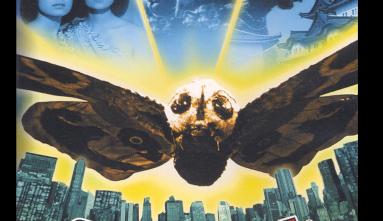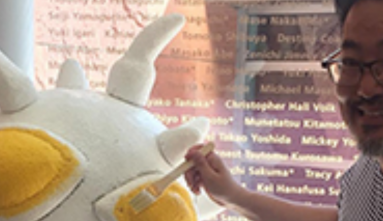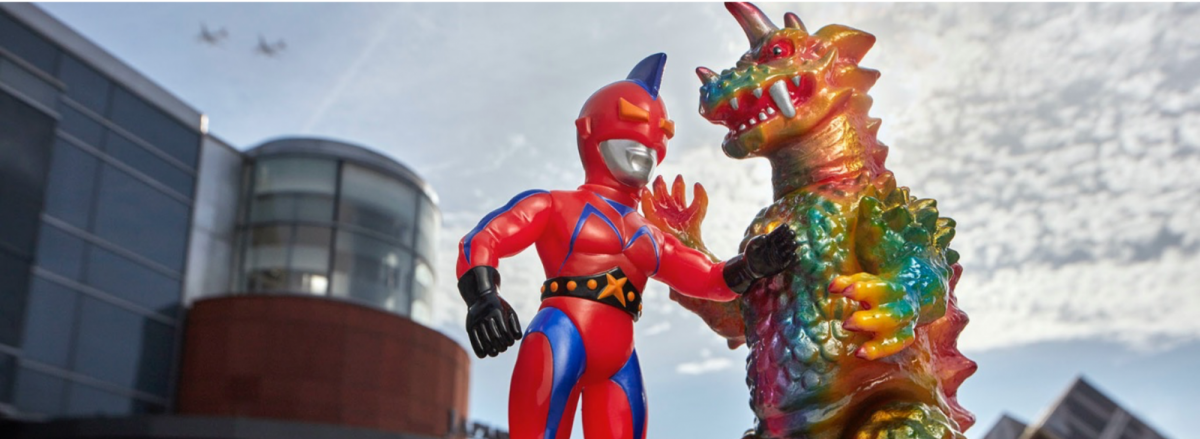
Programs are free for museum members and included with admission for visitors, unless otherwise noted.
To see a complete listing of JANM’s upcoming programs, visit our event calendar.
Past Events
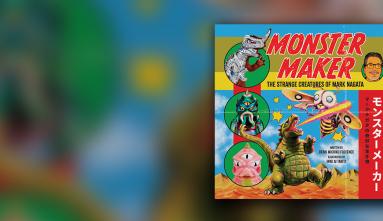
Lectures & Discussions
November 15, 2025
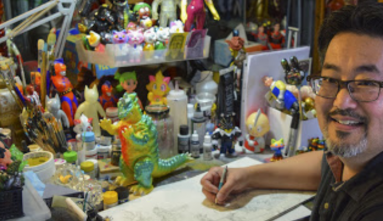
JANM Store
Lectures & Discussions
September 15, 2018

